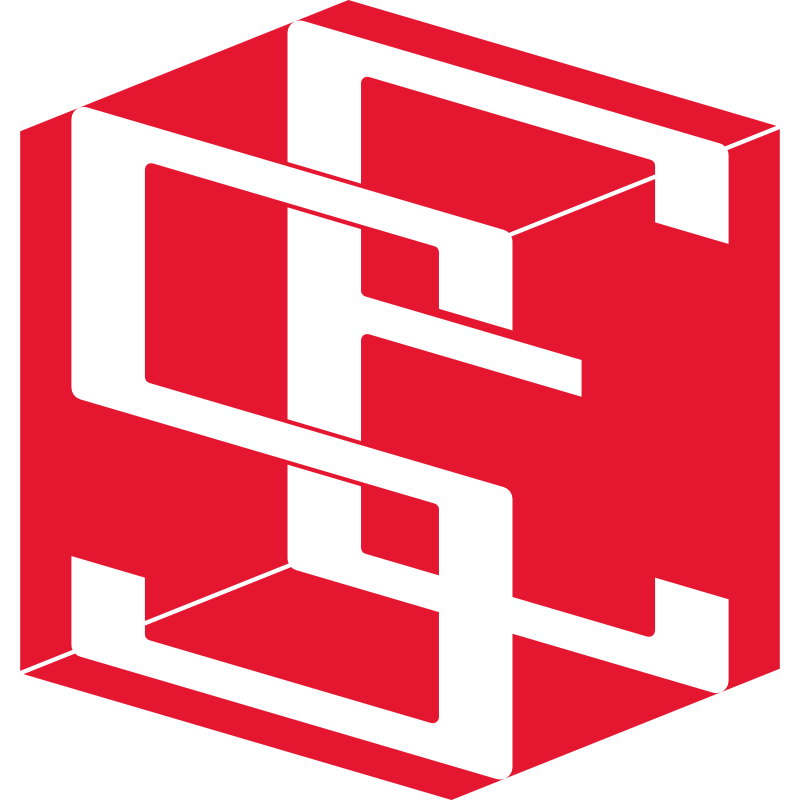Overview of the dielectric permittivity of lunar surface materials and implications for Chang’E-5 samplemeasurements
Abstract
<p indent="0mm">The dielectric permittivity of lunar surface materials determines the penetration depth of electromagnetic waves in the lunar subsurface; hence, it is crucial to the design of scientific payloads such as radars, microwave radiometers, and lunar surface electromagnetic experiments. Additionally, dielectric permittivity is a key parameter in deciphering radar and microwave radiometer observations, which is important to obtain quantitative information regarding the subsurface structure and physical properties of the Moon. Our current knowledge of the dielectric permittivity of lunar surface materials depends mainly on the inversion of microwave remote sensing data and laboratory measurements of the Apollo and Luna samples. In December 2020, China’s Chang’E-5 mission successfully collected <sc>1.731 kg</sc> of lunar samples from the northern Oceanus Procellarum, thus providing new samples for studying the dielectric properties of lunar materials. In this paper, I will first introduce the basic knowledge of dielectric permittivity, including the dielectric polarization mechanism, dielectric permittivity mixing model, and measurement methods. Then, I will summarize the history and present status of the research on the dielectric permittivity of lunar materials and demonstrate the dielectric permittivity of the Moon. Finally, I will present the latest research results of the geological background and regolith properties of the Chang’E-5 landing region and provide some suggestions regarding the laboratory measurements and potential scientific outcome of the Chang’E-5 lunar samples. The summarization of our current knowledge of the dielectric permittivity of lunar regolith in this paper can provide theoretical guidance and engineering support for microwave sensor design, radar data interpretation, sampling site selection, and sample analysis for China’s future lunar exploration missions.</p>








